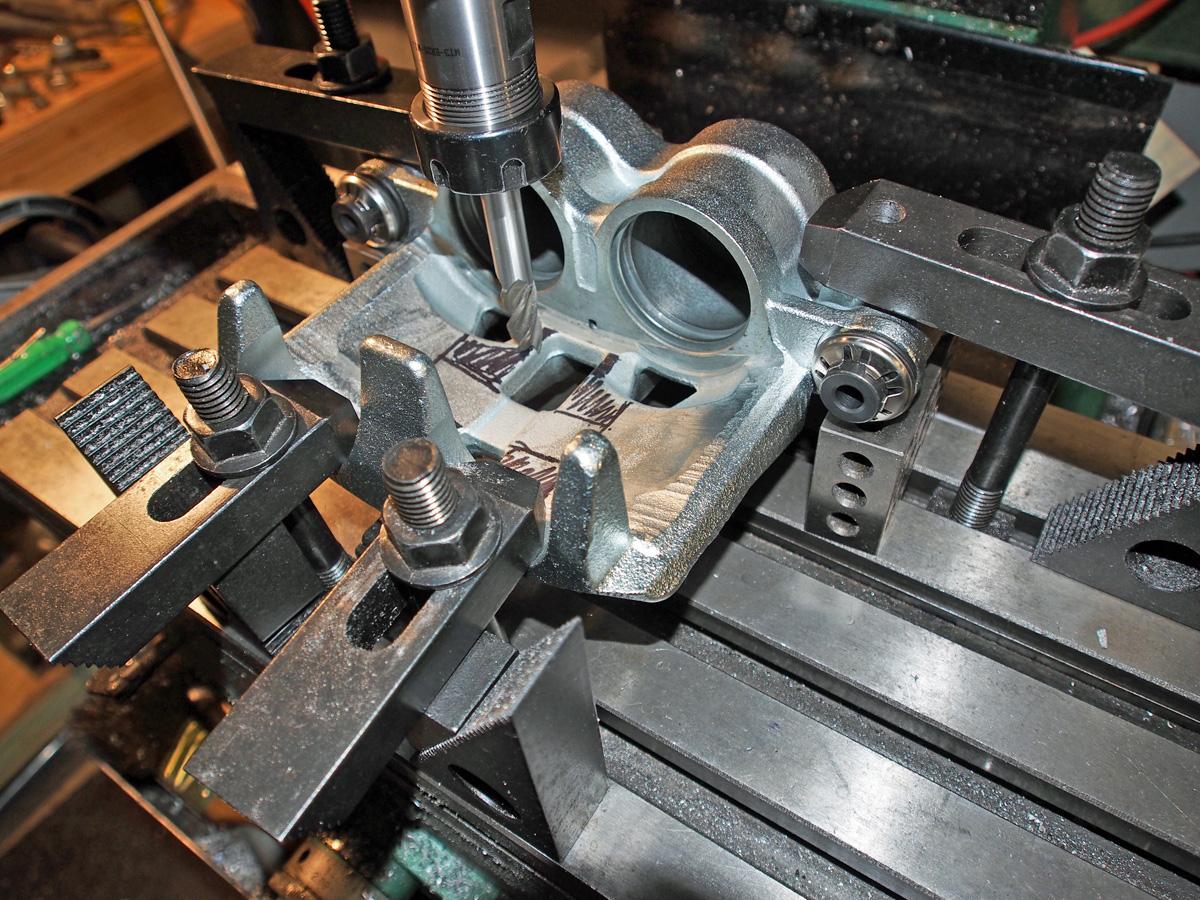I totally understand the reading of a micrometer...eye sight not as good as once upon a time. I definitely see the advantage or even 'need' for a DRO. Especially for accuracy.
CAD would be lovely to have but I believe is expensive....(probably going to get told different now).
I think I need...in fact I know I need to research CNC to see if it is something I would ever use or justify in cost!
I have ben quoted for delivery of the Mill you have. Thinking I might hold back until I can drive and have a road trip down to pick one up...if this is what I buy.



 Reply With Quote
Reply With Quote








Bookmarks